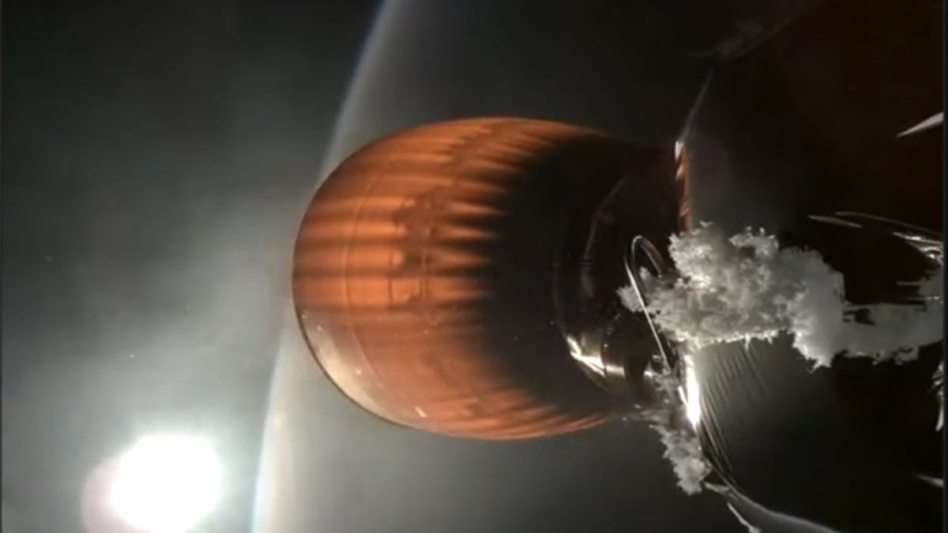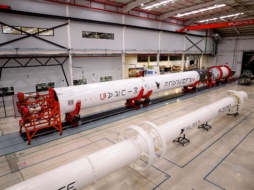SpaceX’s Falcon 9 rocket remains grounded while the company investigates the cause behind a rare failure on their July 11 launch.
The Falcon 9 is the workhorse of the space industry, already launching nearly 70 times so far this year. With it temporarily out of service, a number of high-profile missions have been put on hold, showing the chokehold that SpaceX has on the industry.
What went wrong? The spacecraft was unable to complete its second stage burn due to a liquid oxygen leak, according to SpaceX. As a result, 20 Starlink satellites were deployed too low to remain in orbit, and have since fallen back to Earth.
It’s unclear how long the Falcon 9 will remain grounded. SpaceX submitted a request to the FAA on Monday to fly Falcon 9 while they investigate the launch failure, Spaceflight Now reported, but failure to receive this approval could impact a wide swath of the space industry.
Felt far and wide: Some of the missions that may be affected include:
- Transporter-11: Originally scheduled to launch this week, the rideshare mission has been pushed back indefinitely. This delay will potentially impact dozens of companies from around the world, who were hoping to get satellites in space this month.
- Polaris Dawn: The commercial mission, which was expected to include the first commercial space walk and the debut of a SpaceX-developed Extravehicular Activity suit, has also been delayed indefinitely—though billionaire astronaut Jared Isaacman, who was set to fly on the mission, says he’s ready to fly when SpaceX is.
- ISS cargo flight: A Northrop Grumman Cygnus cargo spacecraft was set to launch on a Falcon 9 in early August to resupply the ISS, but it could be pushed back if SpaceX can’t get clearance in time.
- Crew-9 Dragon: The mission to send a fresh crew to the ISS could also be impacted, as the FAA may require Falcon 9 to fly a number of successful uncrewed flights before putting people onboard.
- Starliner: Boeing and NASA recently said Starliner would need to leave the ISS before Crew-9’s arrival to free up a parking spot. It’s unclear whether this delay will impact Starliner’s return, but it may give Boeing more time to run tests on the ground.
- Later missions: Further down the line, India’s GSAT-20, Maxar’s WorldView Legion 3 and 4 satellites, and the European Commission’s Galileo L13 mission may also be pushed back until SpaceX clears out its growing backlog.
Eggs in baskets: While SpaceX has been celebrated for making it affordable for new space states and startups to hitch a ride into orbit, this delay highlights how it’s also become a barrier to exit when service is down.
The situation is well understood in Washington, and is partly the reason why the US government and NASA have been pushing other launch companies to enter the industry to compete with SpaceX.




